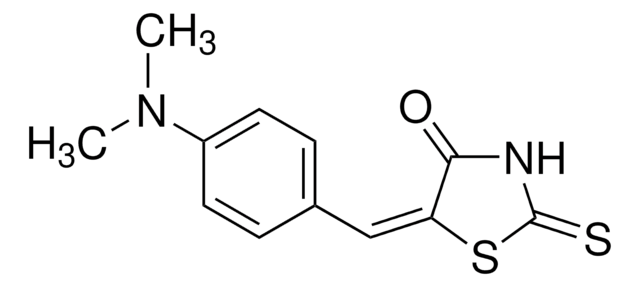70340
Naphthenic acid
technical
Synonym(s):
Acidol (petroleum by-product), Sunaptic B
Sign Into View Organizational & Contract Pricing
All Photos(1)
About This Item
Recommended Products
grade
technical
form
liquid
acid value
~215
density
0.92 g/mL at 20 °C (lit.)
SMILES string
OC(=O)CCC1CC(CC1)CC
InChI
1S/C10H18O2/c1-2-8-3-4-9(7-8)5-6-10(11)12/h8-9H,2-7H2,1H3,(H,11,12)
InChI key
WVRFSLWCFASCIS-UHFFFAOYSA-N
Application
Naphthenic acid is commonly used in the synthesis of useful metal naphthenates such as copper naphthenate, a wood preservative; titanium naphthenate, a precursor for the preparation of titanium oxide thin films and a rare earth naphthenate, a lubricant oil additive. It can also be in the synthesis of biodegradable naphthenic acid ionic liquids.
Analysis Note
petroleum product, techn. mixture of alkylated cyclopentane carboxic acids
Signal Word
Warning
Hazard Statements
Precautionary Statements
Hazard Classifications
Eye Irrit. 2 - Skin Irrit. 2 - Skin Sens. 1
Storage Class Code
10 - Combustible liquids
WGK
WGK 1
Flash Point(F)
213.8 °F - closed cup
Flash Point(C)
101 °C - closed cup
Personal Protective Equipment
dust mask type N95 (US), Eyeshields, Gloves
Choose from one of the most recent versions:
Already Own This Product?
Find documentation for the products that you have recently purchased in the Document Library.
Customers Also Viewed
David Jones et al.
Journal of chromatography. A, 1247, 171-175 (2012-06-19)
The naphthenic acids of oil sands process-affected water (OSPW) are said to be important toxicants. The major acids are stated to have alicyclic structures and recently, numerous of these have been identified, but some evidence suggests 'aromatic' acids are also
Steven D Melvin et al.
Environmental pollution (Barking, Essex : 1987), 167, 178-183 (2012-05-12)
Naphthenic acids (NA) have been identified as harmful environmental contaminants that influence survival, growth and development of wildlife. Amphibian larvae are particularly susceptible to waterborne contaminants, but little information exists regarding exposure of amphibian embryos or tadpoles to NA. Our
Lan Liu et al.
Chemistry (Weinheim an der Bergstrasse, Germany), 18(38), 12059-12067 (2012-08-16)
The interactions between 3-O-methyl-mannose polysaccharides (MMPs), extracted from Mycobacterium smegmatis (consisting of a mixture of MMP-10, -11, -12 and -13) or obtained by chemical synthesis (MMP-5(s), -8(s), -11(s) and -14(s)), and linear saturated and unsaturated fatty acids (FAs), and a
Atefeh Afzal et al.
Environmental science & technology, 46(19), 10727-10734 (2012-09-01)
The large volume of oil sands process-affected water (OSPW) produced by the oil sands industry in Northern Alberta, Canada, is an environmental concern. The toxicity of OSPW has been attributed to a complex mixture of naturally occurring acids, including naphthenic
Effects of naphthenic acid exposure on development and liver metabolic processes in anuran tadpoles.
Steven D Melvin et al.
Environmental pollution (Barking, Essex : 1987), 177, 22-27 (2013-03-08)
Naphthenic acids (NA) are used in a variety of commercial and industrial applications, and are primary toxic components of oil sands wastewater. We investigated developmental and metabolic responses of tadpoles exposed to sub-lethal concentrations of a commercial NA blend throughout
Our team of scientists has experience in all areas of research including Life Science, Material Science, Chemical Synthesis, Chromatography, Analytical and many others.
Contact Technical Service










